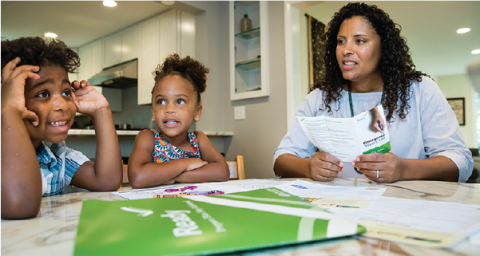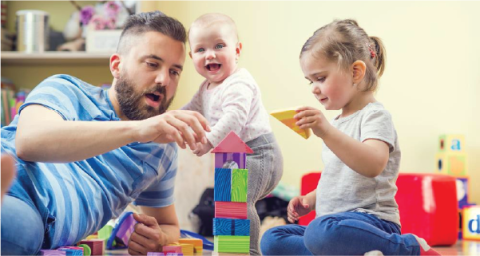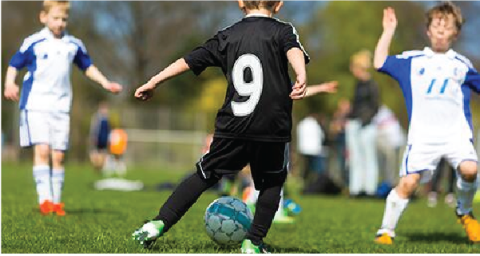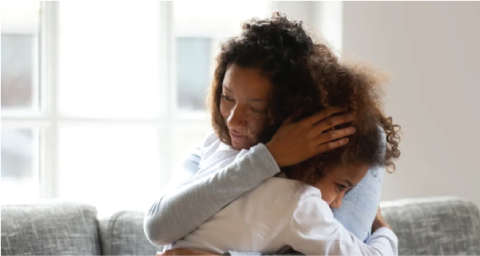Disasters can leave children and teens feeling frightened, confused and insecure. Their responses can be quite varied. It's important to not only recognize these reactions, but also help children cope with their emotions.

Encourage dialogue and answer questions
Listen to your kids. Ask them about their feelings and validate their concerns. When they ask questions, give just the amount of information you feel your child needs.

Limit media exposure
Intense media coverage of disasters can frighten young children and disturb teenagers as well. If your children watch TV or use the internet, try to be available to talk with them and answer questions.

Make time for them and find support
Help kids understand that they are safe and secure by talking, playing, and doing other family activities with them. Build support networks with friends, family, and community organizations to help you cope, which can also help your children cope.

Keep to a routine
Help your children feel as if they still have a sense of structure, which can make them feel more relaxed. When schools and childcare open again, help children return to normal activities like going to class, sports, and play groups.

Risk Factors
For many kids, reactions to disasters are short-term. But some children can be at risk for more long-term psychological distress. Three risk factors for this longer-lasting response are:
- Direct exposure to the disaster such as being evacuated, observing injuries of others, or experiencing injury.
- Loss/grief relating to the death or serious injury of family or friends.
- Ongoing stress from secondary effects, such as temporary housing, loss of social networks, loss of personal property, or parent's unemployment.
Additional Resources
- Tips for Talking With and Helping Children and Youth Cope After a Disaster or Traumatic Event (SAMHSA)
- How to Help Children Cope with Disasters (Save the Children)
- Helping Children with Disabilities During an Emergency (CDC)
- The National Center for Child Traumatic Stress
- National Center for School Crisis and Bereavement
- Journey of Hope (Save the Children)
- Helping Children Cope After a Disaster (FEMA Accessible)

